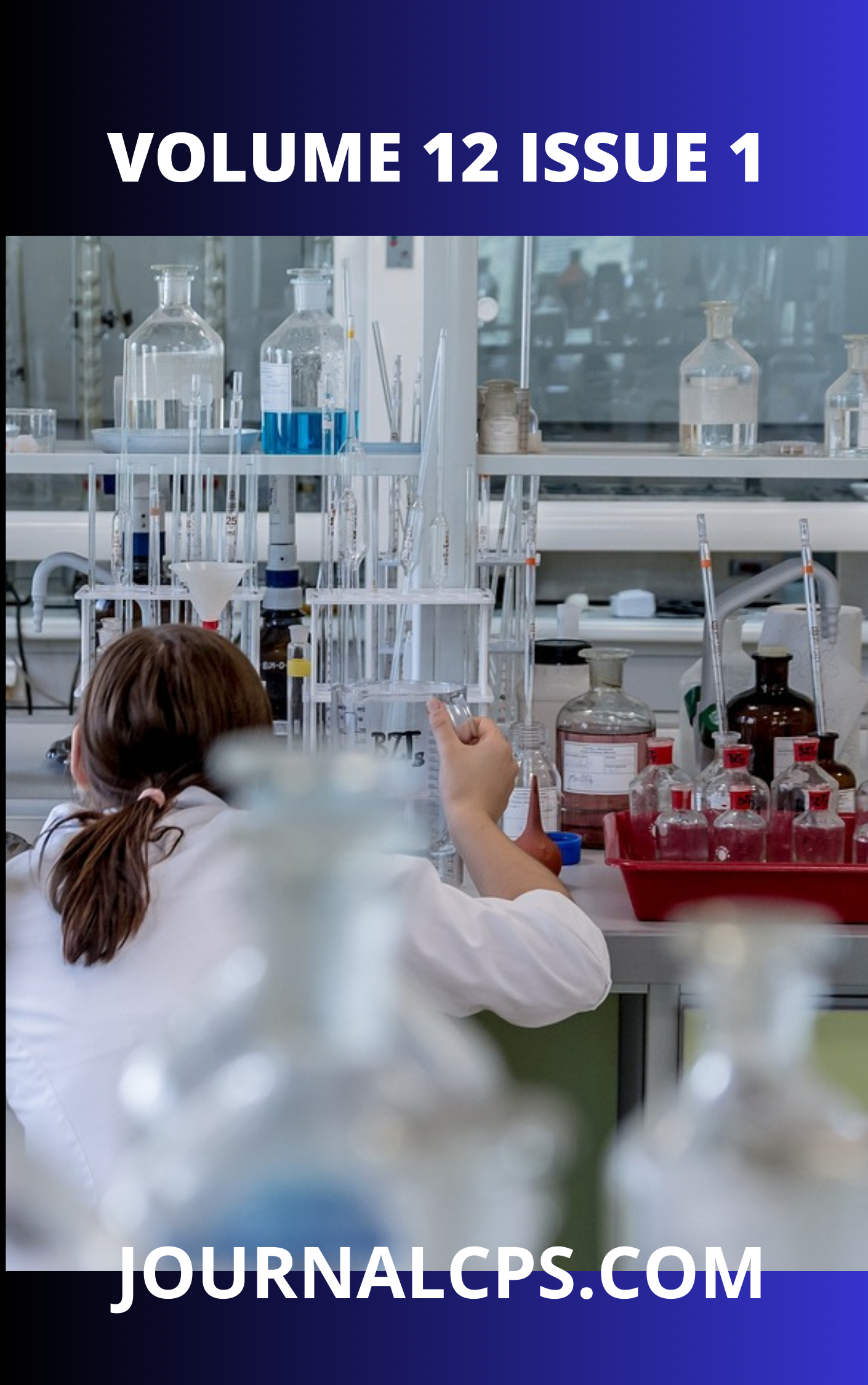Nickel-doped Zeolite cluster as adsorbent material for the adsorption of biodiesel oxidation products: Approach from computational study
DOI:
https://doi.org/10.4314/qnkvdx25Keywords:
Biodiesel, oxidation, zeolite, adsorption, DFTAbstract
This study investigates the adsorption behaviour of various biodiesel oxidation products onto the surface of nickel doped zeolite as an efficient adsorbent zeolite (Ni-clo) through adsorption studies, quantum theory of atoms in molecules (QTAIM) analysis, and sensor performance evaluations using density functional theory. Adsorption studies reveal strong interactions between the surface and the biodiesel products, with ketone compounds exhibiting the most negative adsorption energy, indicating strong attraction to the Ni-clo surface. QTAIM analysis further elucidates the nature of these interactions, showing moderate to strong covalent bond formations and structural stability across all systems. Sensor performance evaluations highlight the electrical conductivity, charge transfer mechanism, back donation, and the fraction of electron transfer, indicating the potential of the sensor device to detect and desorb the targeted adsorbate. The findings suggest that the complexes exhibit relatively high reactivity. Overall, this comprehensive investigation provides insights into the adsorption behaviour and sensor performance of organic compounds on a Ni-clo zeolite surface.
Downloads
Published
Issue
Section
Similar Articles
- Abdullahi Lawal, Musa Bello, Ahmed Musa Kona, Quasi-particle band structure and optical properties of Perylene Crystal for Solar Cell Application: A G0W0 Calculations , Communication In Physical Sciences: Vol. 8 No. 2 (2022): VOLUME 8 ISSUE 2
- Dr Fatai Afolabi, Mr Ismaila Jide Olawale, Professor Sunday 0. 0ladoye, Physicochemical, Phytochemical and Gas Chromatography- Mass Spectrometric Analyses of Gmelina Arborea Root Hexane Extract , Communication In Physical Sciences: Vol. 12 No. 6 (2025): Volume 12 ISSUE 6
- P. O. Ameh, N. O. Eddy, Theoretical and Experimental Investigations of the Corrosion Inhibition Action of Piliostigma Thonningii Extract on Mild Steel in Acidic Medium , Communication In Physical Sciences: Vol. 3 No. 1 (2018): VOLUME 3 ISSUE 1
- Kantoma, Dogara , Nwokem, Calvin Onyedika, Zakka Israila Yashim, Zaharaddeen Nasiru Garba, Green Synthesis of Silver Nanoparticles(AgNPs) using Calotropis procera Leaves Extract and it Adsorption Properties for the Removal of Cr3+ from Petroleum Waste Water , Communication In Physical Sciences: Vol. 10 No. 3 (2023): VOLUME 10 ISSUE 3 (2023-2024)
- Naziru Imam, Isreal I. Omoniyi, Paul Ameh, Study of the Functional Groups Associated with the Corrosion Inhibition of Stainless Steel Arch Bar in Acidic Medium by Khaya Grandifolia Gum Exudate , Communication In Physical Sciences: Vol. 7 No. 4 (2021): VOLUME 7 ISSUE 4
- Henrietta Ijeoma Kelle , Musa Runde, Valorization of an Agricultural Waste-Corncob: Investigation of Potassium Oxide from Corncob Ash Crystals as an Antiseptic and Disinfectant Agent , Communication In Physical Sciences: Vol. 11 No. 2 (2024): VOLUME 11 ISSUE 2
- Habeeb Ayoola Ayinla, Musa Azeez Ololade, Ola-Buraimo Abdulrazaq Olatunji, Sule Peter Isaac, David Emmanuel, Baba Aminu Mu'awiya, Francis, Joseph Amobi, Hydrocarbon Generation Potential of the ETA Zuma Coal Mines, Anambra Basin, Nigeria: Insight from OrganicPetrography , Communication In Physical Sciences: Vol. 10 No. 2 (2023): VOLUME 10 ISSUE 2
- Bala Idris, Abdullahi Lawal, Dauda Abubakar, Saddiq Abubakar Dalhatu, Ab initio Calculation of CuSbSe2 in Bulk and Monolayer for Solar Cell and Infrared Optoelectronic Applications , Communication In Physical Sciences: Vol. 7 No. 3 (2021): VOLUME 7 ISSUE 3
- Christabel M. Eteghwia, Enoo Ojaikre, Efeturi A. Onoabedje, Chinweike C. Eze, Patience O. Adomi, 7-Chloroquinoline Sulphonamide Derivatives: Synthesis, Characterization, Biological and Drug-likeness Evaluation , Communication In Physical Sciences: Vol. 12 No. 1 (2024): VOLUME 12 ISSUE 1
You may also start an advanced similarity search for this article.




